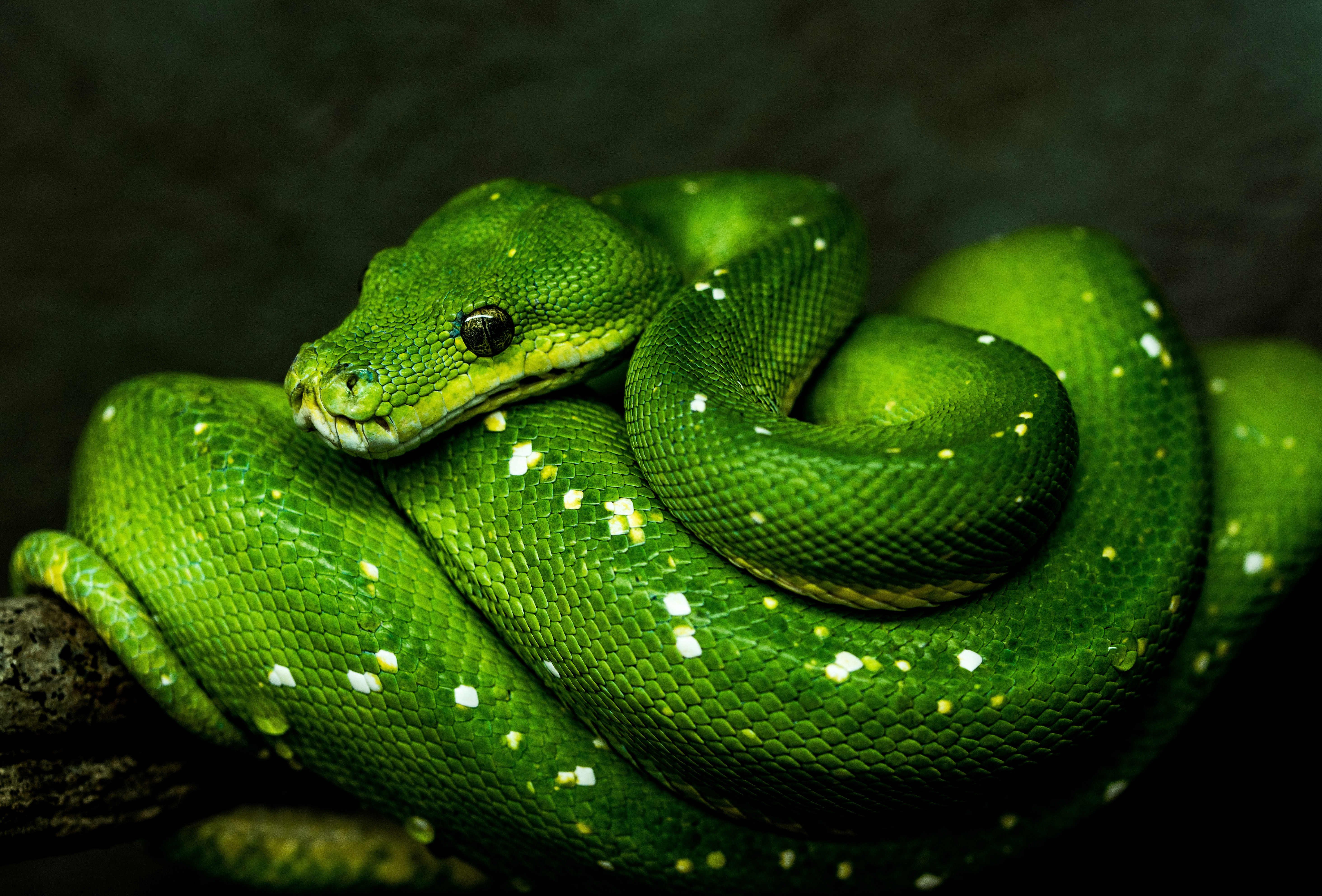- 字符串 (String)
- 常用方法和函数
len()
获取字符串长度。
s = "hello"
print(len(s)) # 输出: 5
str()
将其他数据类型转换为字符串。
num = 123
print(str(num)) # 输出: "123"
upper()
将字符串转换为大写。
s = "hello"
print(s.upper()) # 输出: "HELLO"
lower()
将字符串转换为小写。
s = "HELLO"
print(s.lower())) # 输出: "hello"
replace()
替换字符串中的某些子字符串。
s = "hello world"
print(s.replace("world", "Python")) # 输出: "hello Python"
find()
查找子字符串,返回其第一个出现的位置,如果没有则返回-1。
s = "hello"
print(s.find("e")) # 输出: 1
split()
分割字符串,返回一个列表。
s = "hello world"
print(s.split()) # 输出: ["hello", "world"]
join()
将列表中的元素连接成一个字符串。
lst = ["hello", "world"]
print(" ".join(lst)) # 输出: "hello world"
- 列表 (List)
- 常用方法和函数
len()
获取列表长度。
lst = [1, 2, 3]
print(len(lst)) # 输出: 3
append()
在列表末尾添加元素。
lst = [1, 2, 3]
lst.append(4)
print(lst) # 输出: [1, 2, 3, 4]
insert()
在指定位置插入元素。
lst = [1, 2, 3]
lst.insert(1, 5)
print(lst) # 输出: [1, 5, 2, 3]
remove()
移除列表中的某个元素。
lst = [1, 2, 3, 4]
lst.remove(3)
print(lst) # 输出: [1, 2, 4]
pop()
移除并返回列表中的最后一个元素。
lst = [1, 2, 3]
print(lst.pop()) # 输出: 3
print(lst) # 输出: [1, 2]
sort()
对列表进行排序。
lst = [3, 1, 2]
lst.sort()
print(lst) # 输出: [1, 2, 3]
reverse()
反转列表中的元素。
lst = [1, 2, 3]
lst.reverse()
print(lst) # 输出: [3, 2, 1]
- 元组 (Tuple)
- 常用方法和函数
len()
获取元组长度。
tpl = (1, 2, 3)
print(len(tpl)) # 输出: 3
index()
查找某个元素在元组中的位置。
tpl = (1, 2, 3)
print(tpl.index(2)) # 输出: 1
count()
统计某个元素在元组中出现的次数。
tpl = (1, 2, 3, 2)
print(tpl.count(2)) # 输出: 2
- 字典 (Dictionary)
- 常用方法和函数
len()
获取字典中键值对的数量。
d = {"a": 1, "b": 2}
print(len(d)) # 输出: 2
keys()
返回字典中所有的键。
d = {"a": 1, "b": 2}
print(d.keys()) # 输出: dict_keys(['a', 'b'])
values()
返回字典中所有的值。
d = {"a": 1, "b": 2}
print(d.values()) # 输出: dict_values([1, 2])
items()
返回字典中所有的键值对。
d = {"a": 1, "b": 2}
print(d.items()) # 输出: dict_items([('a', 1), ('b', 2)])
get()
获取字典中某个键的值,如果键不存在则返回默认值。
d = {"a": 1, "b": 2}
print(d.get("a")) # 输出: 1
print(d.get("c", 0)) # 输出: 0
update()
更新字典中的键值对。
d = {"a": 1, "b": 2}
d.update({"b": 3, "c": 4})
print(d) # 输出: {'a': 1, 'b': 3, 'c': 4}
pop()
移除并返回字典中指定键的值。
d = {"a": 1, "b": 2}
print(d.pop("b")) # 输出: 2
print(d) # 输出: {'a': 1}






